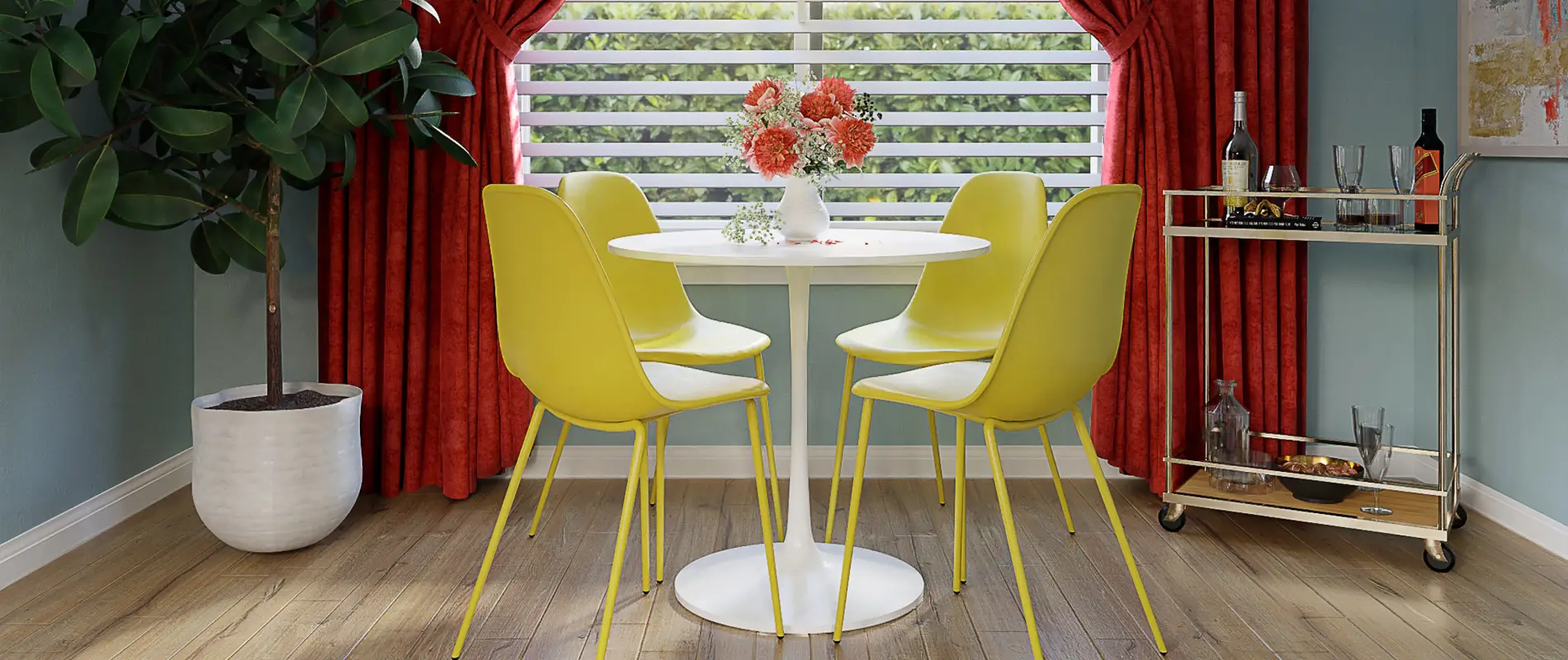Engage Your Audience with a Dynamic FAQ Accordion Block
Creating an interactive experience on your WordPress website is crucial for user engagement. The dynamic FAQ accordion block design not only makes your content organised but also invites users to interact in a more personal way. Explore this feature today with the sleek WordPress website design options at your disposal.
What is an accordion in a website?
An accordion in web design is a UI component that allows users to toggle between showing and hiding content. It’s designed using HTML, CSS, and often JavaScript or jQuery for animations. This collapsible sections website tool is perfect for showcasing FAQs, where content organisation and user clarity are essential.
What is an example of an accordion?
Imagine visiting a WordPress website and encountering a series of questions with small “+” symbols beside them. Clicking these symbols reveals detailed answers, and clicking again collapses them back. This is a prime example of an accordion, offering a clean, user-friendly experience.
The advantage of using accordions on a website
Implementing an accordion on your website offers multiple benefits. It keeps your design minimalistic and organised while enhancing user interaction. By allowing content to be hidden or shown as needed, free WordPress themes can utilise accordions to maintain a sleek appearance without overwhelming visitors with information.
Are accordions good web design?
Accordions are often considered a good web design choice for their ability to streamline content delivery. They transform static content into a dynamic experience, supporting CSS accordion designs or more advanced JavaScript accordion solutions. This design can significantly improve user experience (UX) by making information easily accessible.
Are accordions OK for SEO?
From an SEO perspective, accordions may have a mixed reputation. Proper implementation, using HTML accordion component practices and ensuring content within accordions is easily crawlable, can maintain SEO effectiveness. Google does read accordion content, but it’s advisable to ensure critical information isn’t exclusively tucked away in collapsible sections.
When not to use accordions?
Accordions might not be suitable for every type of content. For instance, avoid using them for long-form articles where a continuous flow of information is required. Also, avoid using them in scenarios where high accessibility is needed without interaction, as they require user clicks to access information, which might hinder user experience in certain contexts.
Does Google read accordion content?
Yes, Google does read accordion content. However, it’s essential to implement them correctly to ensure that all valuable content is indexed. Using Open/Close accordion features intelligently helps maintain visibility of important details for SEO purposes.
Why is accordion not popular?
The accordion’s popularity may be limited by its misuse and the perception that it hides content, affecting user experience. Designers sometimes prefer other methods, such as smooth accordion animations or hamburger accordion menus, which offer more intuitive user interactions and better flow.
Are accordions bad in UX?
Used appropriately, accordions can enhance UX rather than hinder it. Problems arise when crucial information is hidden unnecessarily or when accessibility features aren’t considered, leading to frustration. Properly designed responsive accordion layouts can support effective content delivery and user satisfaction.
Are website accordions accessible?
Accordions can be made highly accessible with the use of semantic HTML. Including roles and states, such as aria-expanded, aids screen readers. Employing keyboard accessible accordions ensures users of all abilities can interact with content effectively.
Will UX design become obsolete?
UX design remains critical in the digital age. As web design evolves, so do the methods to enhance user interaction, such as with interactive accordion interfaces. While techniques and tools evolve, the core principles of UX-ease of use, satisfaction, and accessibility-will continue to be central to design strategies.
What to use instead of accordions?
Alternatives to accordions include carousels or tabbed navigation, which can effectively organise content without the need for click-to-expand functionality. For sites where visual engagement is key, consider gallery accordion features or hover-activated accordions that provide a more seamless interactive experience.
When to use accordion UI?
Accordion UIs are best used when there’s a need to condense complex information into a manageable format, such as in FAQ sections. It’s especially useful in UX best practices where space is limited, and details need to be revealed progressively, enhancing user interaction without overwhelming them.
What is the alternative to accordion in HTML?
Carousel designs and tabs often serve as alternatives to the accordion format. These structures can display multiple items in a single view without the need for additional clicks. Consider exploring pure CSS accordion styles or JavaScript accordion solutions if you want different interactive effects.
The difference between carousel and accordion
The primary difference between a carousel and an accordion lies in their interaction and presentation style. A carousel cycles through images or content sliders often with automatic transitions, while an accordion reveals hidden content through user interaction. For a more visual presentation, consider keen slider accordion effects which may add dynamic relevance to your site design.
10 use cases for the accordion
1. FAQs on product pages
A popular use of accordion menus is for FAQs on product pages. This design helps customers quickly find answers to their most common questions without having to scroll through long sections of text. Questions can be categorised, and users can click to expand the ones they find relevant, making the page cleaner and more efficient to use. By keeping the secondary information collapsible, the primary content can remain the main focus.
2. Service offerings
Use accordions to neatly display the range of services you offer. Prospective clients can easily view detailed descriptions of each service without being overwhelmed by too much information at once. For example, in the healthcare industry, individual services might be listed with expandable sections that include more specifics, pricing, or involved procedures, helping clients make informed decisions quickly and effectively.
3. Step-by-step guides
Step-by-step guides or tutorials can benefit from accordion layouts by allowing users to view just one part of the tutorial at a time. This breaks up complex instructions into manageable steps, reducing navigation confusion and helping users focus on one task. An expansion of each step also makes it possible to include additional resources, links, or images as needed, without cluttering the document all at once.
4. Event schedules
An accordion is ideal for event schedules where multiple sessions are listed. Users can expand each session to see more detailed information, such as time, location, speaker bios, and related topics. This approach keeps the agenda organised and accessible, particularly useful for large conferences or multi-track events that have vast amounts of information requiring individual exploration.
5. Mobile navigation
On mobile websites, space is at a premium, making accordions a perfect solution for navigation. By using mobile-friendly accordion designs, menus can remain compact yet fully functional, expanding to reveal links or subcategories when tapped. This feature helps keep designs simple and navigations intuitive across various devices, especially on small screens.
6. Portfolio displays
Artists or freelancers showcasing a portfolio can use accordions to reveal details about each piece without overwhelming potential clients with information. Users can choose what they wish to learn more about, whether it’s the process behind the work, the medium used, or the client testimonials. This interactive approach keeps the showcase sophisticated, engaging, and informative.
7. Team member bios
For a business site’s “About Us” section, an accordion can present team member bios efficiently. Initially displaying just names and roles creates a neat overview, while those interested in more information can expand sections to explore personal bios, skills, experiences, and social links, maintaining a tidy layout that supports a streamlined flow of information.
8. E-learning modules
In educational platforms, accordion-style layouts can organise learning modules, allowing students to explore lesson plans at their own pace. Each module can provide a brief summary on top, with further details accessible via expanded sections. This setup encourages a self-directed approach to learning while ensuring comprehensive coverage of material without excessive scrolling.
9. Terms and conditions
Websites often include lengthy documents, like terms and conditions, that can be daunting to navigate. Accordions can break these sections down into specific, user-friendly chunks, such as payment policies, privacy statements, or user agreements. This structure makes the document less imposing, more accessible, and easier to comprehend for web visitors.
10. Crowdsourced Q&A sections
Accordion designs can be invaluable for platforms like community forums or Q&A sections where a variety of topics and queries exist. Utilising this feature means these sections remain organised, allowing users to drill down to their specific area of interest, providing an efficient, user-driven navigation experience which can greatly improve engagement and retention rates.
5 ways to use the accordion
1. Simplifying complex directories
An accordion layout can greatly simplify complex directories such as organisational charts or resource links. By showing just top-level categories initially, users can find what they’re looking for without having to wade through unnecessary details, making the discovery process more intuitive and user-friendly.
2. Enhancing multimedia content
The accordion format can be engaging for displaying multimedia content like video tutorials, podcasts, or image galleries. Users can expand elements to engage with interactive content, allowing for a more dynamic interaction that can keep them on your page longer and improve overall user satisfaction.
3. Progressive disclosure of information
Using an accordion can support the progressive disclosure of information, which is especially useful in scenarios where detailed data can overwhelm users. This accessibility-driven technique helps maintain focus on immediate priorities, allowing users to choose when to dive deeper into content.
4. One-page website experiences
On one-page websites, accordions can neatly tuck away secondary content into expandable sections. This keeps the primary message clear and uncluttered, while still providing detailed info that users can tap into, optimising the use of space and enhancing visitor interaction on more compact web designs.
5. Technical documentation
For presenting technical documentation or guides with multiple sections, accordions provide a fantastic way to organise and control information flow. Readers can easily navigate through subtopics for precise details, improving the process of locating key information without creating an overwhelming reading experience.
Explore more about how you can implement dynamic elements effectively for your site with the best website builder software.



